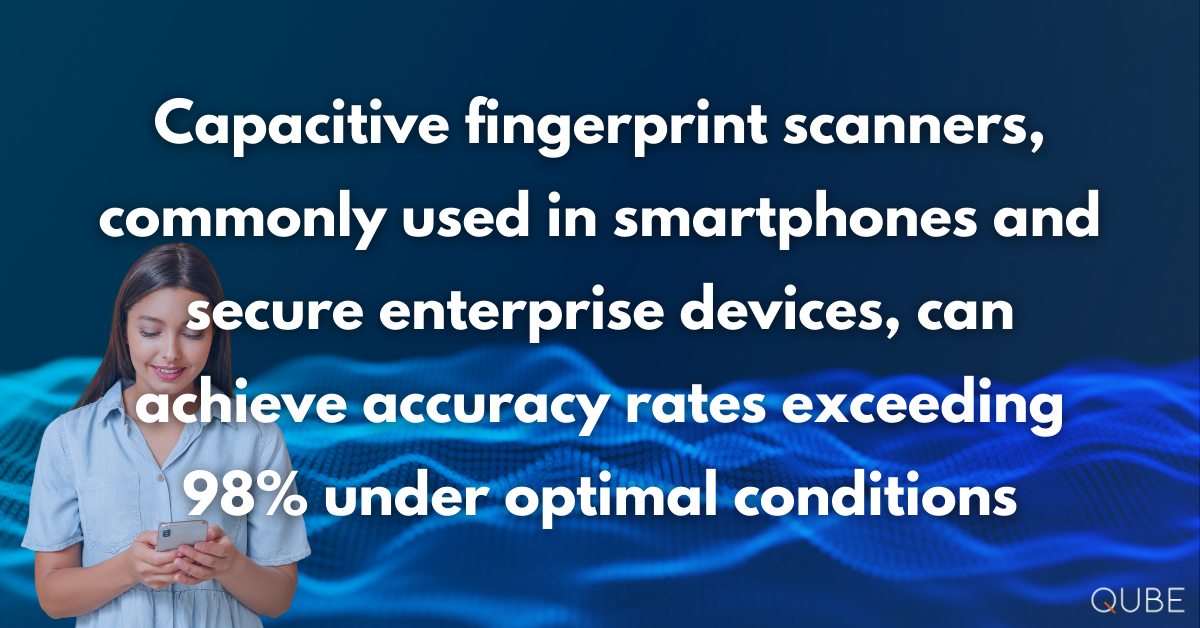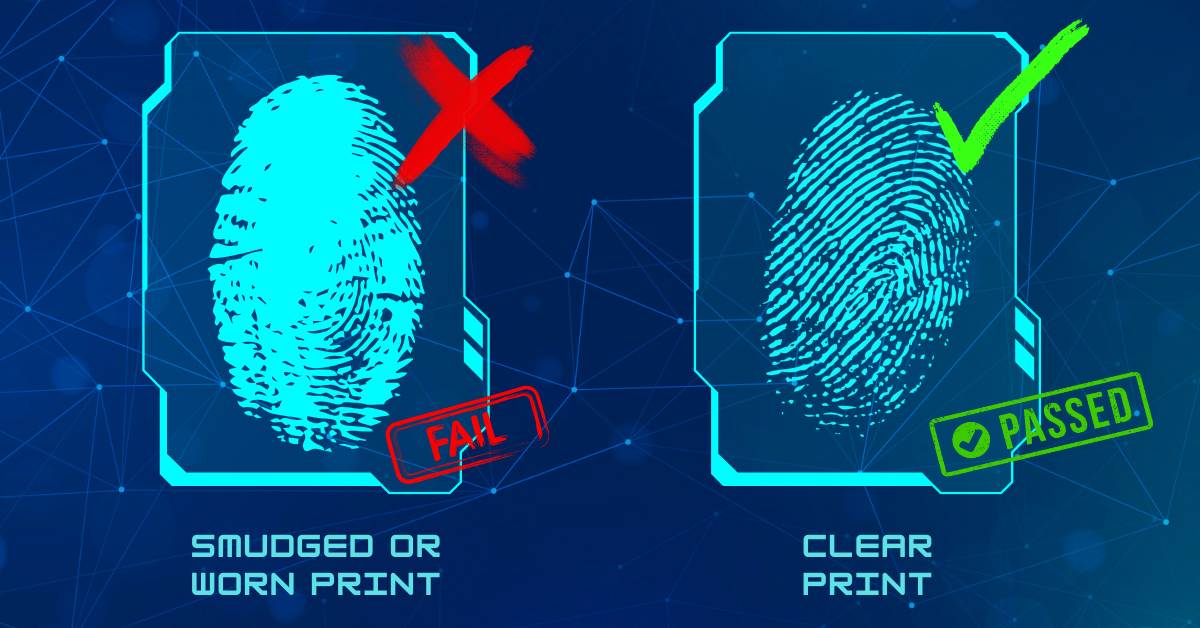Categories
Fingerprint scanners are essential for secure and efficient identification across settings like workplaces, public venues, and secure facilities. Their success relies on proper selection, usage, maintenance, and security measures to avoid failures, frustration, or breaches. Poor practices—such as neglecting cleaning or ignoring environmental factors—can undermine performance.
This guide outlines Fingerprint Scanner Best Practices, integrating preparation, maintenance, training, and troubleshooting with advanced strategies to optimize accuracy, durability, and user trust in 2025.

Not all fingerprint scanners suit every environment. Selecting the appropriate type prevents mismatches affecting accuracy and longevity, a critical Fingerprint Scanner Best Practice. The right choice depends on understanding the strengths, limitations, and ideal applications of each scanner type to match your specific needs.
Optical scanners capture a visual image of the fingerprint using light and a digital camera, making them a cost-effective option for general use. They shine in controlled indoor settings like offices or libraries, where conditions are clean and stable, offering reliable performance for basic access control or time tracking.
However, they struggle with dirt, oily fingers, or wet surfaces, as these can obscure the image, leading to higher error rates. Maintenance is key, as smudges on the sensor can degrade accuracy, making them less suitable for high-traffic or outdoor environments.
Capacitive scanners use electrical currents to map fingerprint ridges through tiny capacitors, offering higher accuracy than optical models by detecting fine details. They are widely used in smartphones, secure offices, and enterprise environments where clean conditions prevail, excelling in applications like device unlocking or employee authentication.
Their sensitivity makes them less effective with dirty or wet fingers, and they can be prone to wear in high-use scenarios, requiring careful handling. Despite these limitations, their precision makes them a go-to for controlled, high-security indoor settings.

Ultrasonic scanners employ high-frequency sound waves to penetrate the skin’s surface, creating a 3D map of the fingerprint that includes subsurface details. This technology excels in challenging conditions, such as dirty, wet, or oily environments, making them perfect for outdoor or industrial use—like construction sites or transit hubs.
They are highly resilient to contamination and can even work with slightly damaged skin, but their higher cost and slower scanning speed compared to optical or capacitive models may limit their use in low-budget or high-speed scenarios.
Multispectral scanners use multiple wavelengths of light to capture both surface and subsurface fingerprint data, providing the highest level of reliability. They can read below the skin, making them effective for diverse user bases, including those with dry, worn, or damaged fingerprints, and are ideal for high-security needs like law enforcement, border control or data centers.
Their advanced technology makes them resistant to environmental factors and spoofing attempts, but their higher cost and complexity may be a barrier for smaller organizations, requiring careful cost-benefit analysis before deployment.
Tip: Assess outdoor use, heavy traffic, or glove-wearing users via site surveys to match scanner capabilities with demands. For instance, ultrasonic or multispectral scanners are better for rugged conditions, while optical or capacitive models suit cleaner, indoor environments, ensuring effective fingerprint scanning strategies.
Preparation sets the stage for reliable fingerprint scanner performance. Choose a scanner based on your environment, installing it at an ergonomic height (3–4 feet) for natural hand placement. Enroll users under optimal conditions, capturing multiple finger angles for redundancy, and verify software integration (e.g., HR or access systems) to avoid compatibility issues.
Correct usage and cleanliness are vital to Fingerprint Scanner Best Practices, directly impacting scan success.
Regular maintenance and security are key to sustaining fingerprint scanner performance.
Environmental optimization and proactive troubleshooting, tailored to the specific type of device you have, such as optical or ultrasonic scanners, significantly enhance Fingerprint Scanner Best Practices by ensuring consistent performance across diverse conditions.

User training and anti-spoofing measures are critical to Fingerprint Scanner Best Practices.
Ongoing monitoring ensures optimal performance, a vital Fingerprint Scanner Best Practice.
Fingerprint scanners deliver unmatched security and efficiency when guided by robust best practices. From choosing the right scanner and preparing users to maintaining cleanliness, securing data, optimizing environments, training users, implementing anti-spoofing, and monitoring performance, these Fingerprint Scanner Best Practices offer a concise yet thorough roadmap. By adopting these effective fingerprint scanning strategies, you’ll minimize errors, boost user satisfaction, and protect data, positioning your organization as a leader in secure identification in 2025.